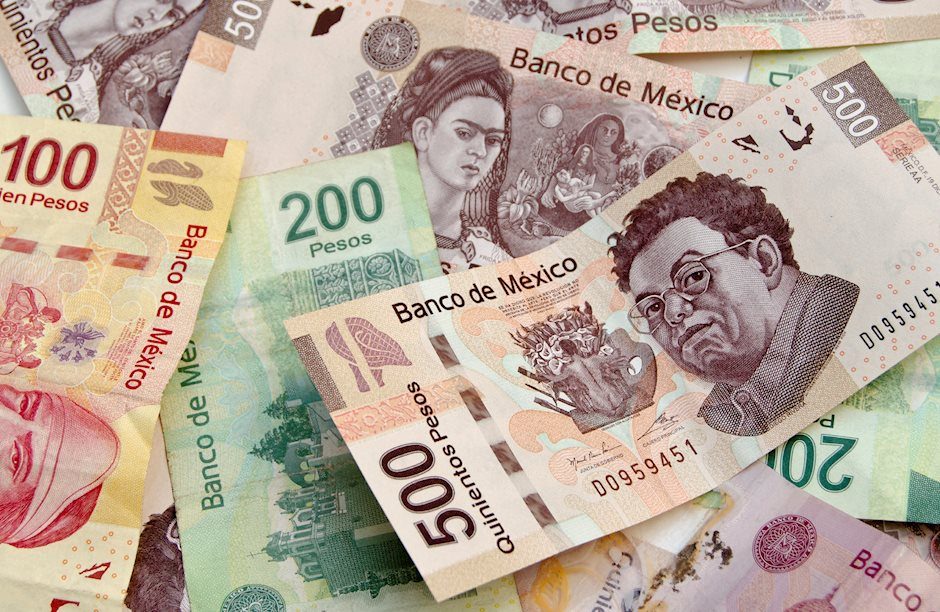MXN: Peso remains under pressure – Commerzbank

Of course, the US election and the increased likelihood of high US tariffs do not only affect the G10 currencies. Emerging markets are also likely to suffer from the US trade policy, especially Mexico. Nevertheless, the initial reaction of Latin American currencies to the result was somewhat surprising. Although the peso depreciated on election night, the weakness did not last long. In fact, the peso ended Wednesday higher, Commerzbank’s FX analyst Michael Pfister notes.
USD/MXN is targeting levels towards 21
“At the time, I thought this was a very surprising reaction and the reasons given by some analysts, such as profit-taking, did not seem very convincing. Since then, the picture has changed significantly, with the peso again depreciating sharply and USD/MXN targeting levels towards 21, which is above our latest forecasts. Despite this development, we still believe that the risks for USD/MXN are to the upside.”
“In addition to Mexico-specific reasons, the risks associated with the new Trump administration clearly support this view. We see the peso as one of the main losers from this election. This is because Mexico exports almost all of its goods to the US. If Trump follows through with his trade policies, Mexico is likely to be one of the biggest losers, even more than the euro area and other European countries. This is because these are much more diversified in terms of their trade flows. In short, the coming months are unlikely to bring many positive developments for the peso.”
“The situation in Brazil is somewhat different. The Brazilian economy is one of the few that can keep pace with the very strong US growth. Given this robust economy, the central bank is even raising interest rates again, further improving the carry versus the peso. In addition, the spillover from tariffs is likely to be smaller than in Mexico. After all, Brazil exports a much smaller share of its exports to the US. Fiscal risks remain the main factor holding back the BRL, although there are anecdotal signs that progress is being made here as well. We therefore continue to believe that the Brazilian real should be better positioned than the peso in the coming weeks.”
Author

FXStreet Insights Team
FXStreet
The FXStreet Insights Team is a group of journalists that handpicks selected market observations published by renowned experts. The content includes notes by commercial as well as additional insights by internal and external analysts.
















